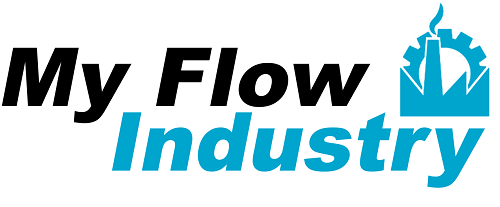
Because plastic pollutes our oceans, landfills, and even our air, we must find methods to consume less of it. Direct contact with the source is a great place to start. The management of plastic waste is already changing as a result of the creation of goods, notably in the field of packaging. To reduce the massive amount of plastic rubbish that currently blights our planet, more must always be done to prevent waste. By using these straightforward suggestions, the industrial sector may decrease waste from plastic packaging and containers.
Why is this problem such a big deal? It is essential because a sizable portion of municipal solid trash is made up of this specific form of plastic debris. In 2018, the plastic container sector alone produced an estimated 14.5 million tons of waste. Container and package waste is defined by the Environmental Protection Agency as goods that are intended to be thrown away the same year that their contents are used. This group of products includes soft plastic transport containers, polyethylene terephthalate water bottles, and soft plastic food packaging.
According to some reports, the quantity of packing and shipping supplies used recently to protect shipments’ contents has rapidly expanded. Online purchasing and expanded food distribution may be to blame for this. Contrary to predictions made in 2019, a 2021 analysis shows that during the COVID-19 epidemic, Amazon’s production of plastic packaging waste surged by 29%.
If something isn’t done soon, food distribution waste will continue to increase relative to the world’s population. This industry uses a lot of soft plastic packaging, which is difficult to recycle. About 50% of food packaging and 41% of all packaging are made up of these multi-material items, also referred to as “film” or “flexible packaging,” which are intended to keep bacteria and moisture out.
What changes to packaging can be made to cut waste? First and foremost, businesses must take every step feasible to treat their plastic waste more effectively. One strategy is to set up a strict program to manage trash through recycling, reuse, and reduction. Making products that are environmentally friendly is another choice.
Recycling-friendly materials like glass, paper, and cardboard may not be as cost-effective despite being easier to process. Maintaining food-safe packaging while consuming less energy and garbage is now possible thanks to modern advances. Thermal sealing can be replaced by ultrasonic sealing. When combined with paper products, this technique can assist businesses in achieving their sustainability objectives by producing a more ecologically friendly final product.
Sadly, there is no easy solution to the pollution brought on by plastic waste. There is a lot of worldwide work that needs to be done in order to undo the damage already done. However, a change can be seen straight away by focusing on updating packaging at the point of manufacture and applying cutting-edge production methods.
See the infographic below for more details on minimizing waste from plastic packaging.

